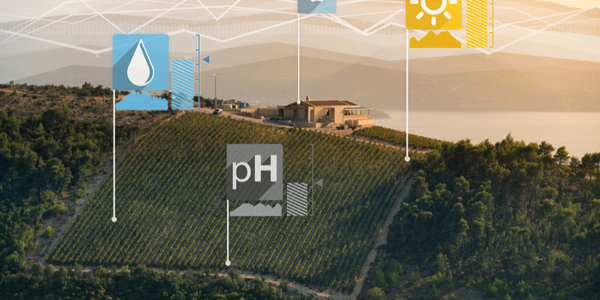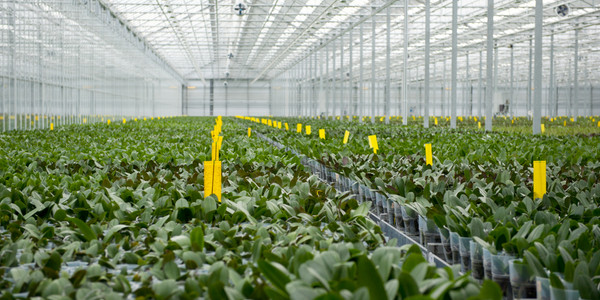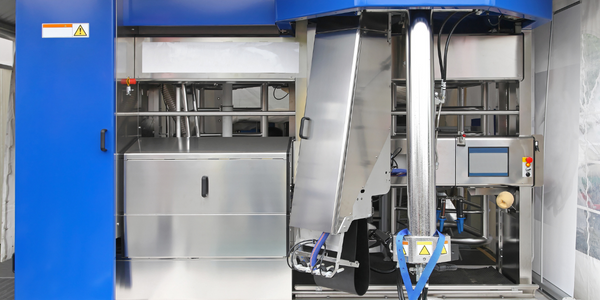Customer Company Size
Large Corporate
Region
- Europe
- America
- Asia
Country
- Germany
- Mexico
- United Kingdom
Product
- Resco CRM
- Oracle Siebel CRM
- Microsoft Dynamics CRM
Tech Stack
- CRM
Implementation Scale
- Enterprise-wide Deployment
Impact Metrics
- Productivity Improvements
- Customer Satisfaction
Technology Category
- Functional Applications - Enterprise Resource Planning Systems (ERP)
Applicable Industries
- Agriculture
- Chemicals
Applicable Functions
- Sales & Marketing
Use Cases
- Supply Chain Visibility
Services
- Software Design & Engineering Services
- System Integration
About The Customer
Bayer CropScience AG falls under the multinational chemical and pharmaceutical company Bayer AG. Bayer is an innovation-driven company, currently with more than 117 thousand employees all over the world. Bayer CropScience is one of the world's leading innovative crop science companies in the areas of crop protection, seeds and plant biotechnology, and non-agricultural pest control. It has subsidiaries in more than 120 countries with over 23,100 employees and reaches the full year sales of 9,494 million euros.
The Challenge
Bayer CropScience is running two global CRM initiatives. Subsidiaries in small & medium regions, including several European countries, Australia, China or a few African countries require CRM solution with the limited complexity for their operations. The users from these regions have been working with Microsoft Dynamics CRM in the office and Resco Mobile CRM on the go for several years now. Conversely, bigger regions need to perform more complex processes. Bayer CropScience implemented Oracle Siebel CRM within its divisions in the UK, Mexico and Latin America. The major struggle here was to find an appropriate, responsive mobile solution that would easily integrate with Oracle Siebel CRM. The laptop’s remote access to CRM didn’t turn out to be suitable for a meeting with a client. Bayer CropScience sales reps dedicate most of their time to interact with a client, thus they needed a CRM able to run offline with extremely fast synchronization.
The Solution
Bayer CropScience analyzed potentially suitable mobile CRM solutions on the market that could integrate easily with Oracle Siebel CRM - including Oracle Siebel’s native mobile CRM, third party solutions and custom development. Resco CRM received the most positive feedback from users. Based on the overall architecture, cost and mainly synchronization time, Bayer CropScience selected Resco CRM as the best fitting mobile solution for Oracle Siebel CRM. 2 people worked on the implementation and spent less than 100 days — 80% of the time was spent on integration and 20% on configuration of the Resco CRM solution. The implementation was successful and the mobile solution was delivered on time.
Operational Impact
Quantitative Benefit

Case Study missing?
Start adding your own!
Register with your work email and create a new case study profile for your business.
Related Case Studies.

Case Study
Intelligent Farming with ThingWorx Analytics
Z Farms was facing three challenges: costly irrigation systems with water as a limited resource, narrow optimal ranges of soil moisture for growth with difficult maintenance and farm operators could not simply turn on irrigation systems like a faucet.

Case Study
Honeywell - Tata Chemicals Improves Data Accessibility with OneWireless
Tata was facing data accessibility challenges in the cement plant control room tapping signals from remote process control areas and other distant locations, including the gas scrubber. Tata needed a wireless solution to extend its control network securely to remote locations that would also provide seamless communication with existing control applications.

Case Study
Greenhouse Intelligent Monitoring and Control Solution
Farming Orchids is the most successful form of precision farming in Taiwan, and also the most exported flower. Orchids need a specific temperature and humidity conditions to grow and bloom, and its flowering time may not be in line with market demands, so the price collapses when there is overproduction. Therefore, some farmers began to import automated greenhouse control systems for breeding and forcing, which not only improves quality, but also effectively controls the production period and yield to ensure revenue. In 2012, an orchid farmer built a Forcing Greenhouse of about 200 pings (approximately 661 Square Meters) in Tainan, Taiwan. The system integrator adopted Advantech’s APAX-5000 series programmable automation controllers to build the control platform, coupled with Advantech WebAccess HMI/SCADA software, to achieve cloud monitoring. The staff of the orchid field can monitor important data anytime via smart phone, iPad, and other handheld devices, and control the growth and flowering conditions. System requirements: In the past, most environmental control systems of orchid greenhouses in Taiwan used PLCs (Programmable Logic Controller) with poorscalability and control, and could not be connected to the Internet formonitoring from the cloud. For advanced database analysis and networking capability, the PC platform must be adopted. Therefore, PAC Systems (Programmable Automation Controller) with both PLC programming capabilities andPC functions is a better choice.The environmental control of the Orchid greenhouse switches on and off devices like fan, shade net, cooling/heat pump, liquid flow control, water-cooling wall etc. It is controlled by a control panel of electric controllers, and is driven by a motor, to adjust the greenhouse temperature, humidity, and other environmental conditions to the set parameters.

Case Study
Advanced Elastomer Systems Upgrades Production
In order to maintain its share of the international market for thermoplastic elastomers AES recently expanded its Florida plant by adding a new production line. While the existing lines were operating satisfactorily using a PROVOX distributed control system with traditional analog I/O, AES wanted advanced technology on the new line for greater economy, efficiency, and reliability. AES officials were anxious to get this line into production to meet incoming orders, but two hurricanes slowed construction.









